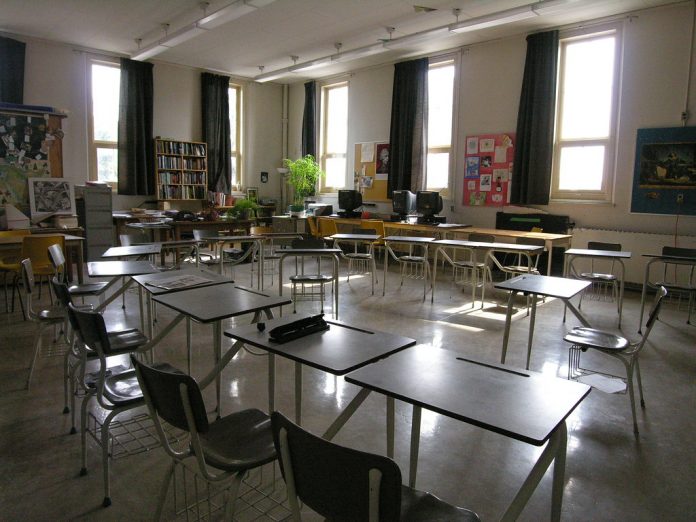Millions of kids chronically absent from school, a trend exacerbated when pandemic school closures replaced classrooms with online learning.
by Emma Camp
Ever since schools were shuttered during the COVID-19 pandemic, chronic absenteeism among American schoolchildren has skyrocketed. Nearly 15 million schoolchildren (almost 30 percent of all K-12 students) were still missing at least 10 percent of school days during the 2021–22 school year—more than a year after most schools had returned to in-person learning. Most troubling, 6.5 million students were chronically absent before the pandemic started, indicating that absenteeism is an endemic problem in American schools.
According to the Education Department, students are chronically absent when they miss over 15 days in a school year. But according to Attendance Works, an educational nonprofit focused on absenteeism, the typical chronically absent student misses slightly more—about 18 school days per year.
Unsurprisingly, kids who frequently miss school end up with serious academic gaps—students tend not to catch up after missing valuable instructional time, especially in early grades.
“It is well documented that if a student misses more than 10 days of school in a school year, that there’s a marked impact on their ability to remain caught up or to even catch up, given many of the gaps that we have in educational experiences for students,” Keisha Scarlett, the superintendent of St. Louis Public Schools, told PBS NewsHour this week.
While absenteeism peaked during COVID-19 school closures, more students are still missing school than they were before the pandemic. According to Return2Learn Tracker, an absenteeism database run by the American Enterprise Institute (AEI), these gaps remain even when taking economic divides into account. High-poverty districts had a whopping 36 percent absenteeism rate in 2022 (compared to 19 percent absenteeism in 2018), but even low-poverty school districts had an absenteeism rate of 21 percent in 2022 (compared to 10 percent in 2018.)
While absenteeism is a nearly universal problem in American public schools, educators are struggling with how to reverse the trend. The reasons why a student misses school can vary widely—and getting students back to school can require anything from a simple phone call to repeated home visits and connection to transportation and other resources.
“The key to keeping kids in school is noticing as soon as possible when they’re starting to miss too much,” Hedy Chang, executive director of Attendance Works, told Reason last year. “So someone can go out and talk to them and re-engage them, and find out what would help them to come back.”
While efforts—like home visits—have shown modest effectiveness at reducing absenteeism, it seems that pandemic school closures have done major damage and likely permanently increased absenteeism among an entire cohort of students.
“[Absenteeism is] what the corona did,” one 21-year-old told ProPublica reporter Alec MacGillis in a story co-published with The New Yorker last week. “They’re sending the kids back to school, and they don’t want to no more. They want to stay home and play on their computers.”
Originally published by the Reason Foundation. Republished with permission.
For more great content from School Reform News.








